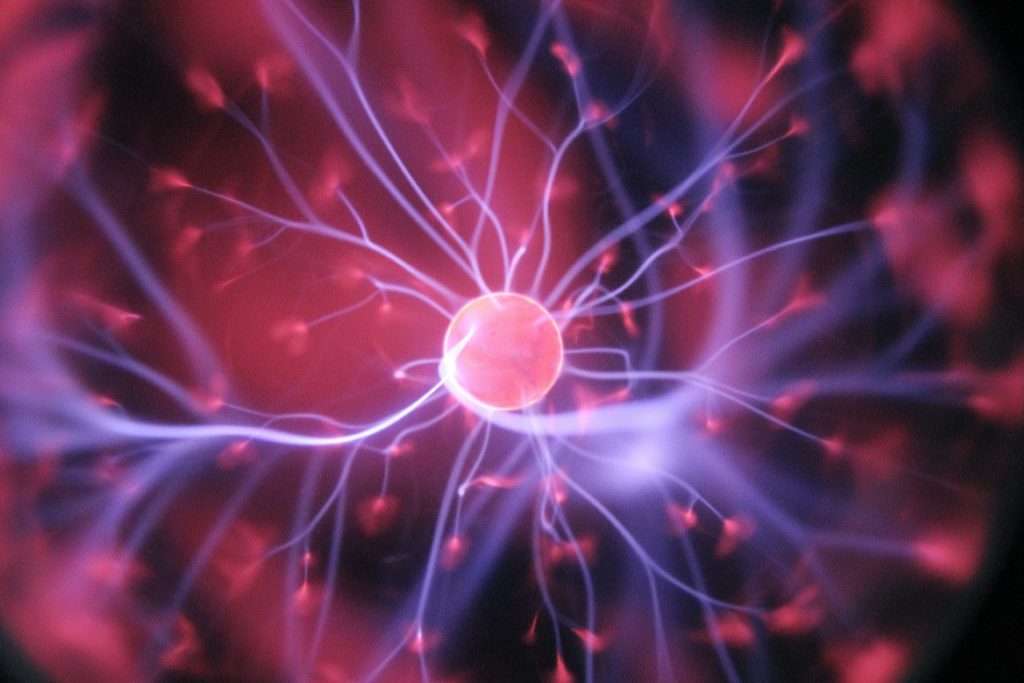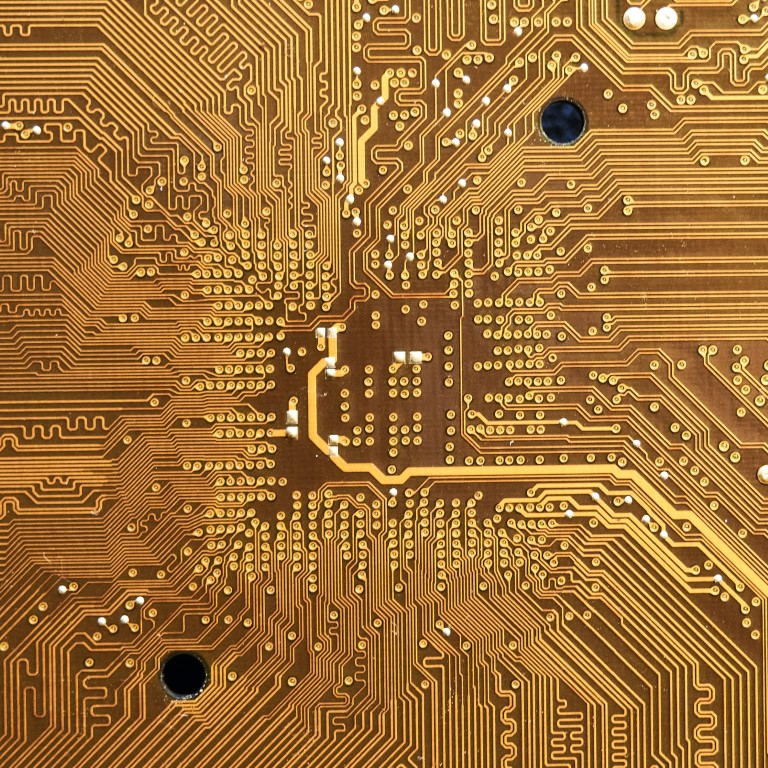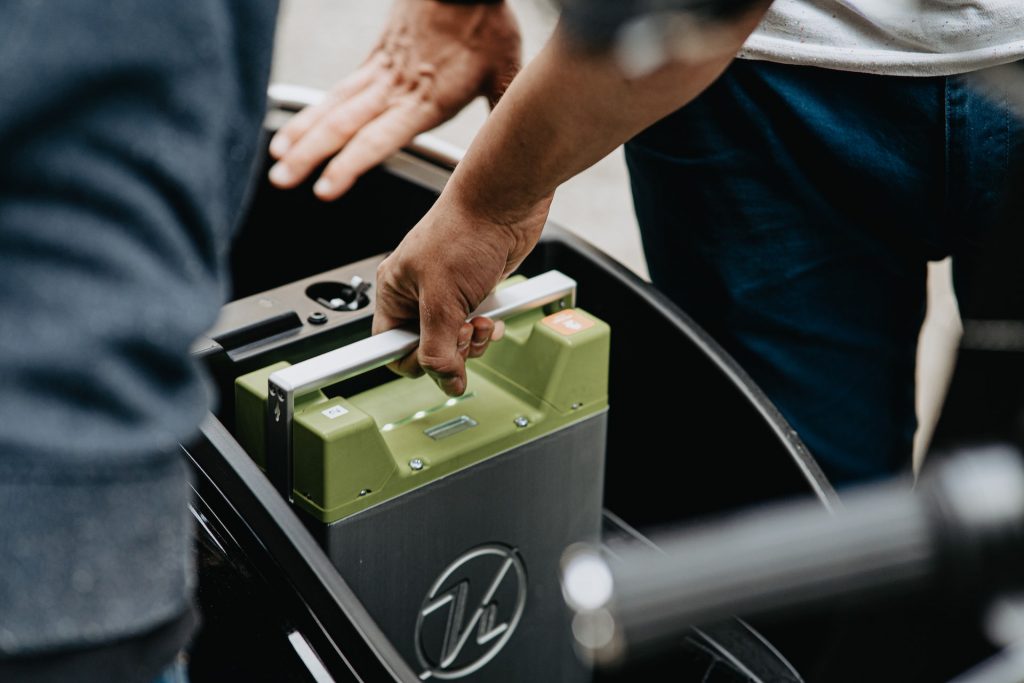Introduction
So I was just checking out this new article from a scientific site and was really amazed by it. From my layman brain reading it , they basically put a little antenna into a cell that could work wirelessly and basically report back as to what is happening in the cell. Right now they can only report what they are finding but it is one of the first breakthroughs that have shown the ability to not only be implanted into a cell, but also do something of value and not kill the cell. As you know we love futuristic stuff, like flying bikes ! so check out the rest of our article for a quick breakdown on what it is and why it matters.
Why it’s a big deal?
Although this might not seem like a big deal, a lot of the past experiments have created tools like this but fail for one of the reasons listed above. But this one has really changed the game and is probably the first step in robotic implants working in humans.
And before you say well we already have pacemakers, this is a totally different ballgame. Pacemakers run on a pre defined software that function as a bit of a pumping mechanism. It is just something that stimulates the hear to beat and reacts based on programming.
What is it?
This new antenna is actually gathering and sending back data as far as activities on a molecular level. Scientists are designing a miniature antenna by MIT Media Lab engineers. This could help scientists make cyborgs that could function wirelessly working as a living cell, yielding interesting applications in medical diagnostics, medical care, and other scientific methods.
Configured in this way, the antenna could be used to explore the fundamentals of biology as natural processes occur. Instead of destroying cells to examine their cytoplasm as is typically done, the Cell Rover could monitor the development or division of a cell, detecting different chemicals and biomolecules such as enzymes or physical changes such as cell pressure — all in real-time and in vivo.
Deblina Sarkar, assistant professor and AT&T Career Development Chair at the MIT Media Lab and head of the Nano-Cybernetic Biotrek Lab
So it can monitor changes in the cells, and environment which could help with so many things. Imagine getting a little robot in that could detect cancerous activity the second it starts?! No more stage 4 diagnoses, just imagine the pain and suffering that could be avoided with this information.
“Now we finally have a method to directly observe how this critical cellular component is assembled into a ring-like polymer. This allows us to better understand how nature controls the assembly of some of the smallest building blocks of life.”
Niccolò Banterle, a post-doctoral fellow in the Gönczy laboratory
Here is an amazing video that really breaks it all down, and to say it is impressive might be the understatement of the year:
To test this new class of protein, the researchers tested it in the analysis of the structure of SAS-6 protein family ring formation. This ring plays an important role in the manufacture of centrioles, which are found in most eukaryotes but are missing in fungi and bacteria. Scientists found that they can use the process to visually analyze the different stages of the SAS-6 protein family ring formation.

There are continually going to be advancements in the world, and some end up working out and some don’t. So hopefully this can be the first step in a line of amazing things to come to make peoples lives better all over the world.












